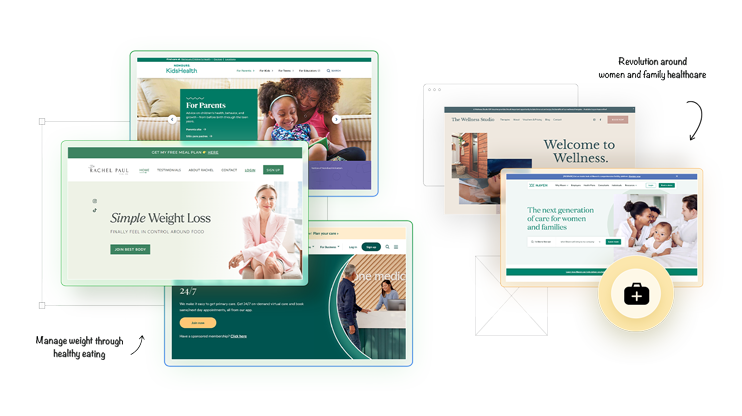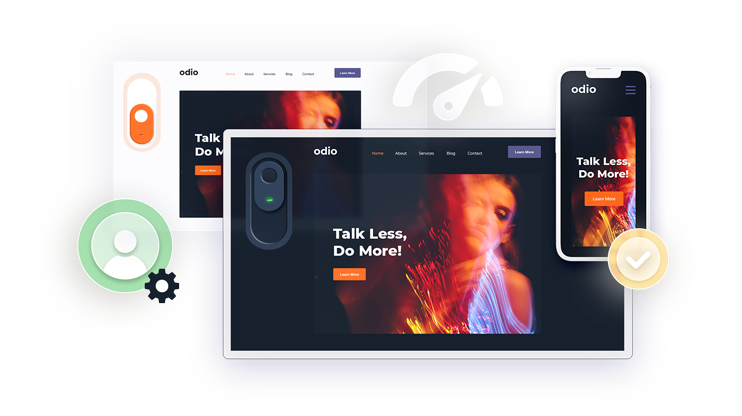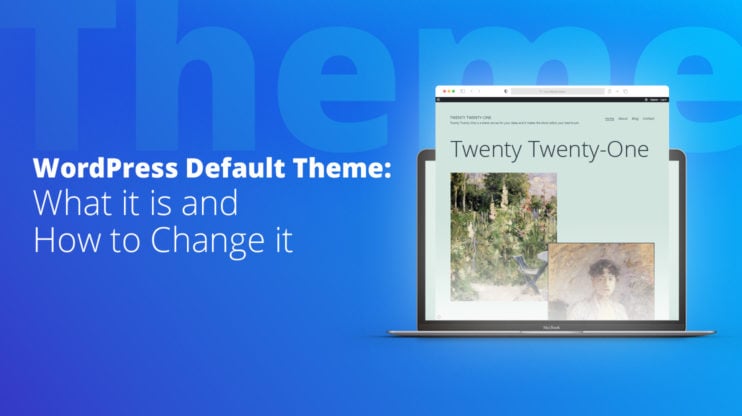If the different sections of your website do not represent your business’s image coherently, it gives a wrong impression. As a result, website content planning is crucial for the success of any venture that runs on the Internet. But what is a website content plan?
A website content plan is a strategy that guides the development and content publishing efforts. It is a strategy because it focuses on achieving clearly defined business goals. Thus, website content planning is a strategic effort to define business goals clearly. It also outlines how content (including existing) will achieve the defined goals and how every section of your website will represent what you stand for. Hence, an effective website content planning template is necessary to manage the content creation process and monitor results.
This article will expand on the importance of content planning in content production, discuss seven steps for effective website content, and outline seven tools for planning website content.
In This Article
- Starting Content Production Without an In-depth Plan: Gains & Risks
- 7 And a-Half Steps of Planning Website Content that Delivers Results
- Step 0: Define the Purpose and the Unique Value Proposition of Your Website
- Step 1: Study Your Target Audience’s Interests, Problems, and Vocabulary
- Step 2: Do Competitor Research (Best Content Types, Topics, Style, etc.)
- Step 3: Do Site-wide Keyword Research and Map Them on the Important Pages
- Step 4: Expand Your Reach by Targeting Informational Keywords on the Blog
- Step 5: Decide Your Content Types, Formats, Depth, Style, Frequency, and Order
- Step 6: Prepare Production Guidelines for All the Different Types and Formats
- Step 7: Prepare Promotional Activities for the Upcoming Content
- 7 Website Content Planning Tools for Faster and Better Results
- Conclusion
- FAQ
Starting Content Production Without an In-depth Plan: Gains & Risks
Content production is essential for businesses in the digital age to be found online. However, content planning is often underestimated and sometimes overlooked before creating content; this is because creating content is the creative side of the communications industry. A plan must be in place to determine who will generate what, when, and for what purposes. This strategy ensures that the success of content production efforts is measurable.
According to the Content Marketing Institute, a structured content creation strategy (put simply, a website content plan) is the key to an efficient marketing machine, but 39% of marketers lack one. Whatever the reasons for not having a content strategy, it poses grave risks. They include:
- Lack of Consistency: When it comes to yielding the finest returns, content marketing is similar to investing – it takes time and work. It’s more important to convey a consistent and unified theme. Achieving this is difficult without an effective content plan.
- Poorly defined goals: Everything you produce should further your overall brand objective. The absence of a website content plan would impede your ability to measure your progress in achieving your content goals, generate new ideas, improve your brand messages, and ensure cohesion in your productions.
- Reduced ROI: Creating quality content requires time and effort. Without an effective content strategy, the success of content goals cannot be measured, and ROI decreases. Knowing your content requirements in advance gives a clear-cut view of what is available, helps you find ways to streamline your production process, and call in reinforcements if necessary.
- Poor Communication: Project managers, designers, copywriters, and editors are just a few of the many professionals who work on content development. Without a well-defined procedure or plan, it’s easy to become compartmentalized resulting in communication problems; this is why a clearly defined strategy is crucial as it clears up uncertainty and aids in everyone understanding what the objectives are.
7 And a-Half Steps of Planning Website Content that Delivers Results
As established earlier, creating a website content plan is crucial for your brand’s success. A report from 2023 suggested that more than 66% of marketers intend to raise their content marketing budget. The steps below set the foundation for a solid website content planning worksheet.
Step 0: Define the Purpose and the Unique Value Proposition of Your Website

Defining your website’s purpose is the first step in creating a content plan. It guides the goal-setting process in planning website content and ensures that the unique value proposition of the website is in the big picture. After this decision, high-level objectives and measurable goals must be created and measured with Key Performance Indicators (KPIs) to measure the effectiveness of your content strategy and the progress of your content marketing efforts.
Furthermore, the KPIs attached to the content goals outlined should include – metrics for conversion, referral, and/or voice types, depending on what you’re aiming for. Let’s take a practical example for defining the purpose of a website:
If you aim to sell a product, your content needs to cover the three stages of the buyer’s journey; awareness, consideration, and decision.

Having a clear purpose gives a head-start on creating a content plan. If you’re focusing primarily on creating awareness for your product (awareness), your goals will differ from a business focusing on converting existing website visitors into clients (decision). Hence, the high-level objective(driving awareness for example) will shape the content strategy and goals which will in turn shape the KPIs.
Additionally, potential clients would need to understand how your product differs from your competitors. In that case, publishing product comparison pages or articles will be part of your content strategy. This article comparing 10Web to WP Rocket is an example of an excellent product comparison article.
Step 1: Study Your Target Audience’s Interests, Problems, and Vocabulary
With your website purpose as an anchor for content-related decision-making, you need to tailor all your website content to resonate with your target audience. To create a content-audience synergy, you have to understand deeply who your target audience is, their needs, and where they spend their time. This process will allow you to recognize the vocabulary of your target audience and how you can infuse it into your content.
This activity can be successful by taking advantage of customer insights by creating polls on social media platforms, reaching out to potential or existing customers privately for their opinions, or carrying out surveys with Google Forms or its alternatives.
An effective content strategy provides value to potential and current users of your product. Your content should buttress the solution(s) you’re presenting and contribute to your ability to gain the trust of your target audience.
Step 2: Do Competitor Research (Best Content Types, Topics, Style, etc.)
Competitor research (or competitor analysis) involves inspecting a competitor’s website and website structure. By analyzing a competitor’s website, you can learn more about their website navigation, the topics they are writing about, and their article and page structures.
Many different formats for competitor content analysis exist. However, for a more thorough understanding of the content your competitors are currently providing, it is advised that you use both manual research methods and SEO tools to sift through competitors’ websites.
Some important aspects to consider when conducting research are each article’s style, tone, and format. Therefore, while creating your content marketing strategy, you should pay attention to the following crucial research findings:
- Title and style of the headline: Note the length, style, and search intention of the title.
- Format: Examine the article format used by your competitors by skimming through their content.
- Article length: To choose the correct article lengths, consider what other authors are doing concerning word counts and follow industry best practices for format and style.
- Competition rankings: Seeing which of your competitors’ content performs best will help you decide which material to prioritize.
Chiefly, a successful competitor is a specimen to improve a content strategy. The tools below are designed for effective competitor analysis:
Step 3: Do Site-wide Keyword Research and Map Them on the Important Pages
A website content map is a diagram that outlines a website’s structure and content hierarchy. It helps visitors understand the connections between pages – specifically, their locations and interactions with other pages. It’s also essential for producing a positive user experience.
 Given these points, the steps are designed to help with site-wide keyword research and optimization:
Given these points, the steps are designed to help with site-wide keyword research and optimization:
- Decide the keyword(s) you want to optimize for.
- Create a draft of the important top-level sections of your website.
- Generate relevant sub-sections for each high-level section.
- Include your primary keywords and secondary keywords in the top-level pages and sub-sections.
The template above ensures that your content is organized in the appropriate order. Including relevant keywords on top-level pages will also help your website get discovered easily. For best results, each of these top-level pages should include more substantial and extensive material. For example, the products section of the 10Web website has a separate page for each of the products we offer. And, if you analyze carefully you’d notice that each of these product pages is optimized for certain keywords for SEO – site-wide keywords mapped on important pages.
Step 4: Expand Your Reach by Targeting Informational Keywords on the Blog
Keywords still have a significant part to play in your overall content strategy, especially when ensuring that your prospects find you. Search volumes, keyword competition, and suggested keywords linked to your original search phrase are provided by keyword planners like the one in Google AdWords. With this knowledge, you can quickly create a list of targeted, long-tail keywords (three or four-phase terms) frequently searched for concerning your goods and services.
The blog section on your website should contain articles that target keywords related to your website niche. Employing SEO best practices will also increase the likelihood that your material will show in search results, enabling you to reach a larger audience. Interestingly, search engine usage accounts for 68% of all online activities, making it the most effective long-term traffic generation tactic.
Here are a few SEO best practices for quality content production:
- Aim for over 2,000 words for blog posts and at least 300 words for every website page.
- Always provide value to your readers while allowing search engines to crawl and index your content with adequate words.
- Find high-volume, low-competition keywords that are relevant to your brand by conducting research utilizing programs like Google’s Keyword Planner or Ahrefs.
- Concentrate on optimizing each of your website pages with one main keyword, switching it up frequently, and employing it throughout your text.
- Use the primary keyword in the descriptions and titles for metadata, headline tags (H1, H2, H3, etc.), URLs, and image ALT text.
Step 5: Decide Your Content Types, Formats, Depth, Style, Frequency, and Order
The content creation stage needs to align with the content strategy set in place. For this to happen, content creation should follow a well-defined approach. To do this, determine the best content types for your content strategy, the most suitable format for your audience, the frequency, and the publishing order managed with a content calendar. This outline needs to be in your website content plan to guide content publishing and ensure that all website contents are consistent and cohesive.
Ensure that tone, voice, and style of the content published are consistent within your brand while writing your website copy – this is an element of cohesion. Every asset (images, videos, articles, etc.) displayed on your website should contain your core messages and always include a call to action when necessary, no matter how subtly.
Furthermore, it’s also essential to vary the kinds of material produced for test results. Although blogs are fantastic, your audience could prefer adding or discussing some article topics extensively in podcasts; this requires a lot of effort and is sometimes daunting for less established businesses with limited workforces. However, trying out different content formats can help reveal more about your target audiences.
Step 6: Prepare Production Guidelines for All the Different Types and Formats
A production guideline manages content publishing from assignment to the content creators to the actual publishing. It helps you stay on top of content creation management while ensuring consistency. Practically, this involves setting up a workflow for content publishing. The steps below are practical ways to enact an effective production guideline.
Create and use a template for managing content publishing
A template for managing content publishing can be a website content planning template or a simple Excel spreadsheet. When it comes to planning content, there is no one-size-fits-all approach. The content strategy for each business will be unique. Yet, some factors are essential.
You should include the following for every piece of content:
- Title
- Important headings
- Format (e.g., 30-second video, blog article, ebook, etc.)
- Person in charge
- Date of publication
- Status
These are the fundamentals, each sort of content has unique requirements and you must adjust your content strategies accordingly.
Create a template for structuring website content
This is particularly important for clarifying requirements with the content creators and defining additional information needed for different content. It should include primary and secondary SEO keywords, a content outline (if necessary), research resources, and the content objective.
Collaborate
Use tools that allow collaboration between the stakeholders in content creation for a seamless workflow.
Step 7: Prepare Promotional Activities for the Upcoming Content
Now that you have high-quality content that delivers value, it’s time to put it out for the world to see through channels pertinent to your company and your target audience. You can increase the exposure of your content, raise brand awareness, and entice visitors to return to your website by promoting it via the following your website, internal linking, social media, email (via newsletters), and paid promotions.
7 Website Content Planning Tools for Faster and Better Results
1. 10Web AI Website Builder
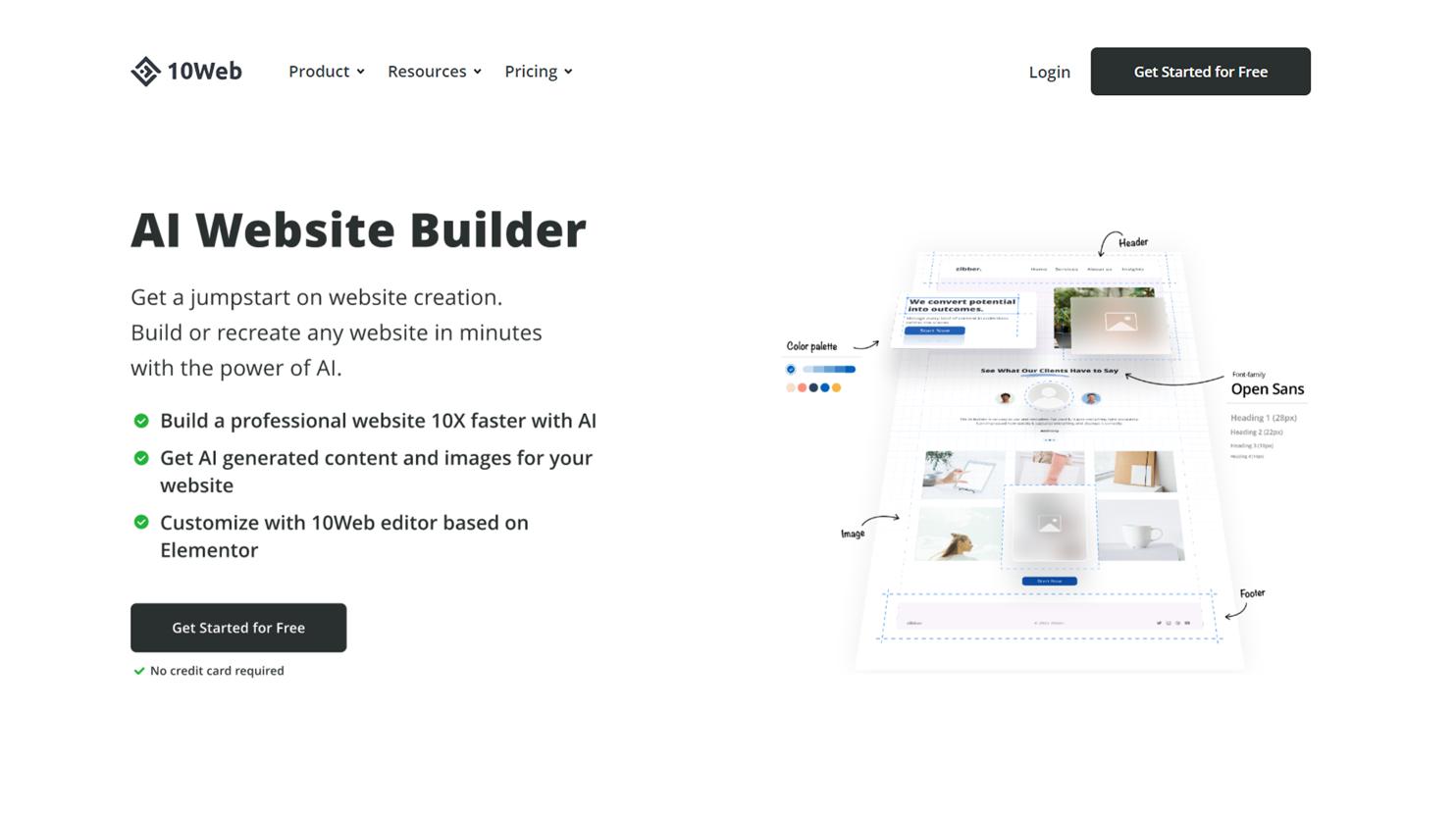
10Web AI Website Builder is an easy-to-use AI-powered website creation tool that builds websites based on user specifications in prompts with AI. It generates unique images and website content that can be edited with a drag-and-drop editor based on Elementor. The 10Web editor provides 50+ premium widgets for all website section types and jumpstarts the website content creation process for web pages excellently.
2. 10Web AI Assistant
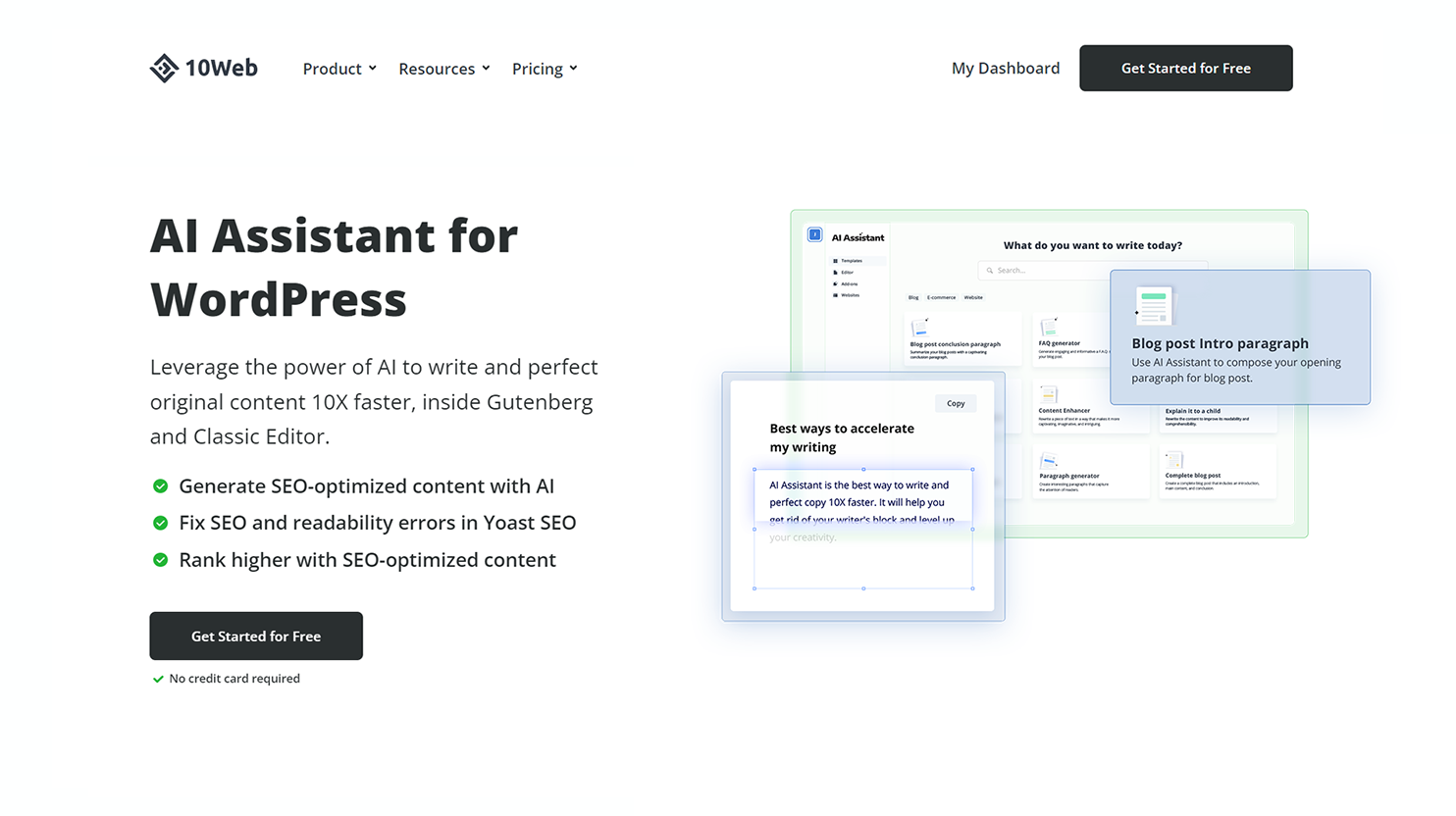
The 10Web AI Assistant is an Al-assisted content generation and optimization tool created exclusively for WordPress. It leverages content creation with AI-powered SEO-optimized content suggestions and adjustments that can be used in articles and webpage content. In truth, 10Web AI assistant helps you create website content 10 times faster without leaving the WordPress Classic Editor and Gutenberg block editor.
3. Loomly
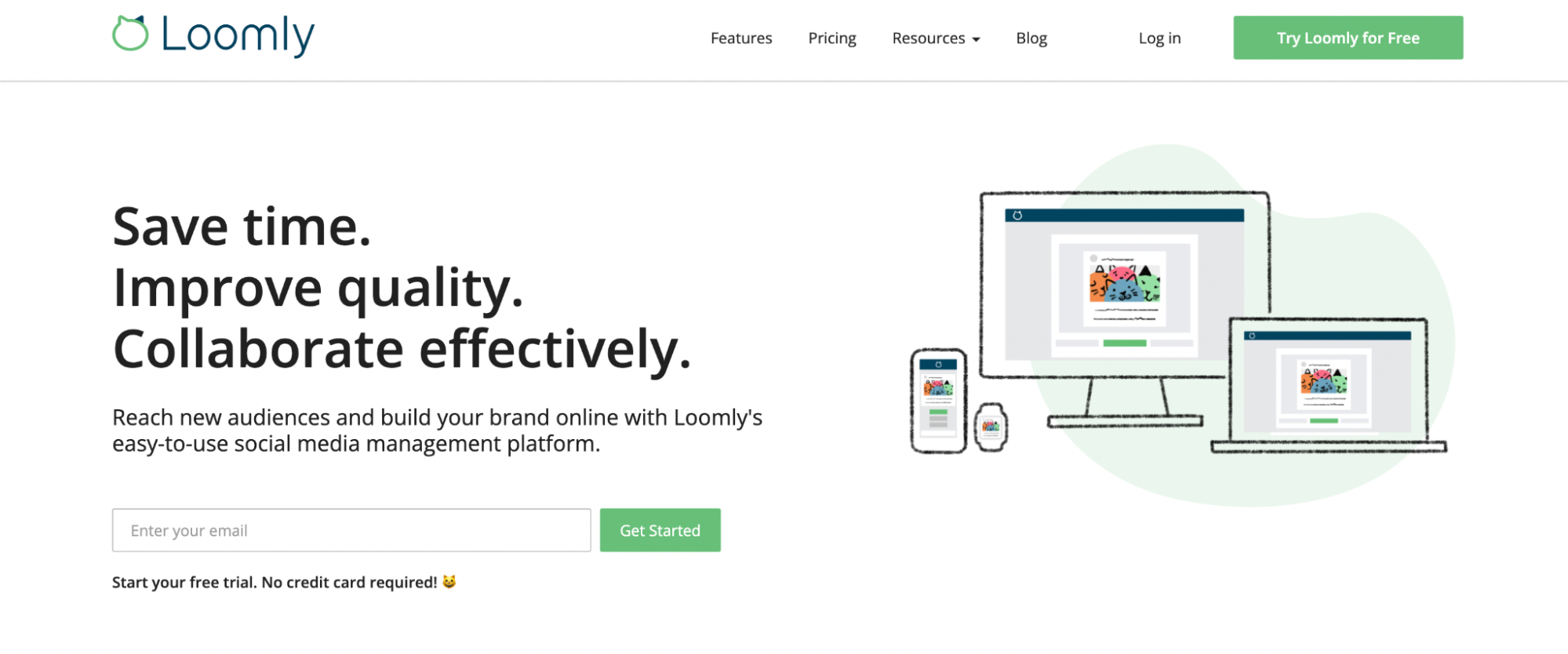
Loomly is another website content-planning tool designed specifically for social media advertising. It can assist in keeping track of your thoughts and creating, optimizing, previewing, and scheduling posts. Loomly not only lets you plan content but also helps you monitor the effectiveness of your social media content so you can see what is and isn’t working.
4. Canva

Canva as a website content planning tool facilitates the design parts of content creation. Canva provides a gallery of design tools and templates to create thumbnails, infographics, illustrations, and media posts. Apart from being a great and cost-effective tool, it is easy to use.
5. MarketMuse
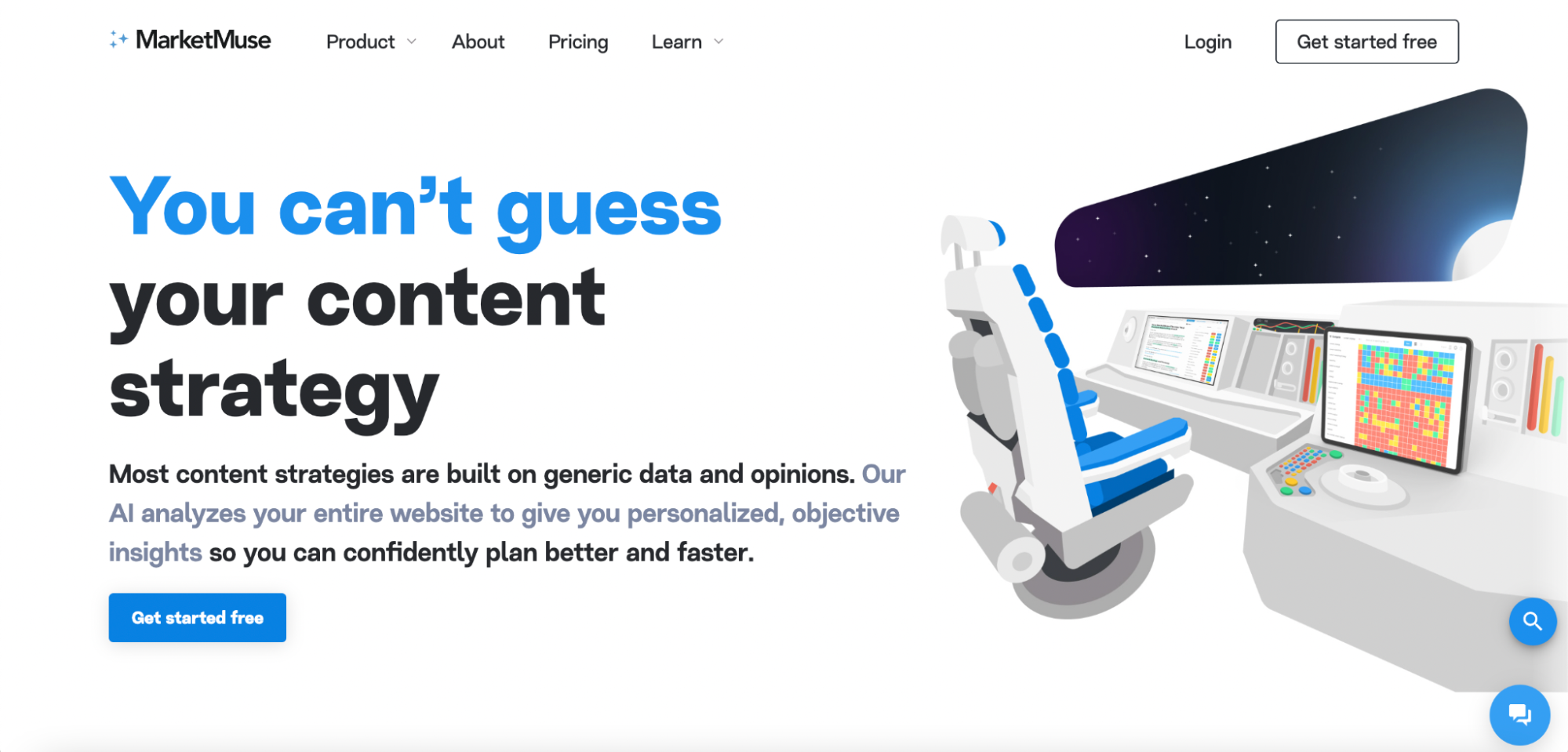
With MarketMuse, an AI-based website content planning tool, you can either examine your work from a high level or delve deeply into the nitty gritty. It assists content producers in content analysis to identify content gaps and chances for ranking. Along with creating briefs, MarketMuse also suggests titles, keywords, and possible questions in each piece of content.
6. Trello
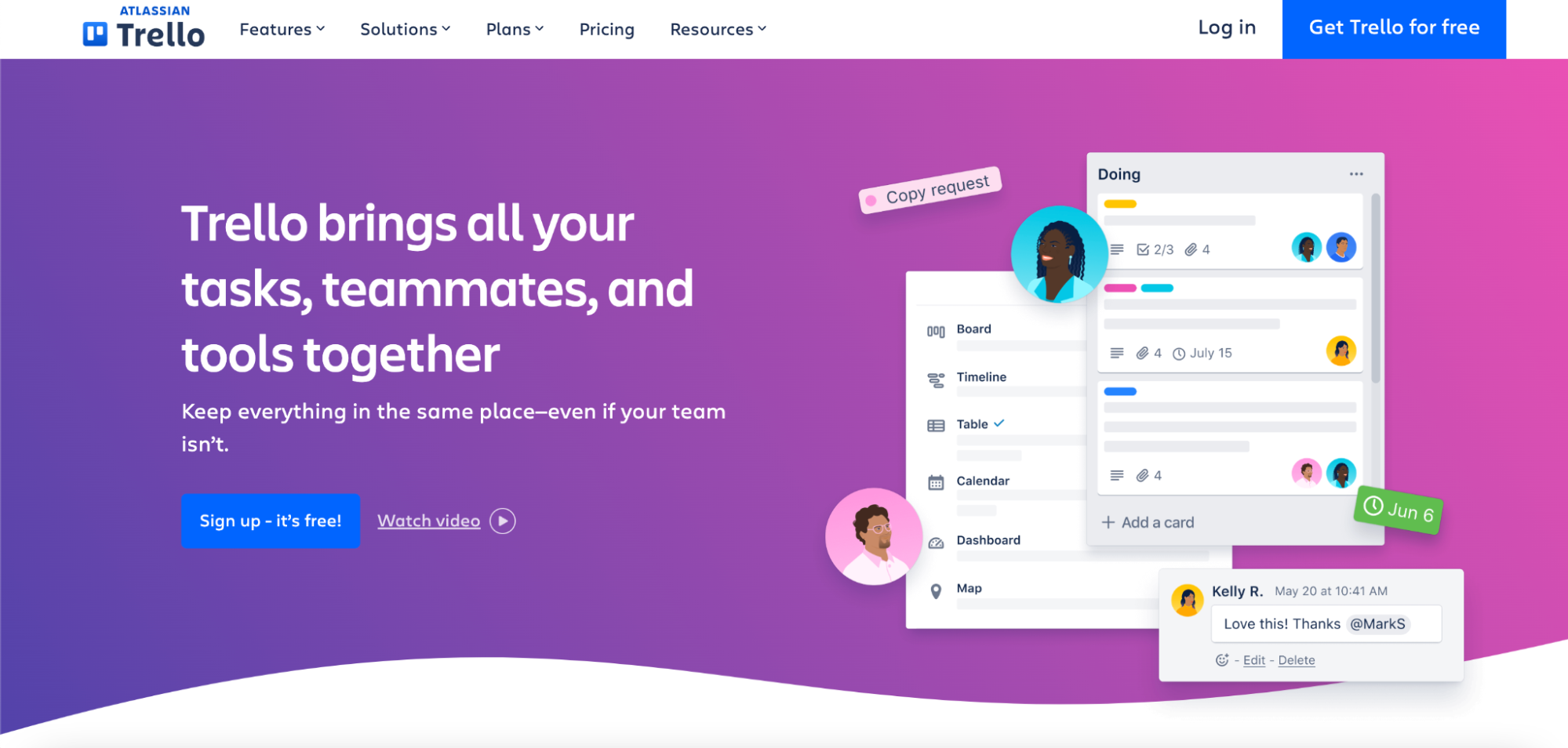
In our list of content planning tools, Trello is one of the most user-friendly. It uses the Kanban system with cards that can be moved about the different boards provided. Furthermore, Trello’s task and comment management capabilities make cooperation a breeze. Trello boards help in managing a content schedule, organizing to-do lists, and brainstorming new ideas. Trello’s calendar view can preview a content marketing plan to identify gaps or overlaps visually.
7. Content Snare

You can coordinate your content marketing initiatives in one location with a tool like Content Snare. Its user-friendly drag-and-drop interface enables you to establish guidelines, prompts, and reminders for each partner or content marketing firm. The Content Snare dashboard also keeps track of the status of pending activities.
Conclusion
In conclusion, website content planning is a demanding adventure. A website content plan and strategy have to be refined as business goals shift. Evidently, creating quality content is essential for establishing credibility with new and existing audiences and for long-term business success.
In essence, a well-developed website content plan is the cornerstone of your Attract and Delight phases of a buyer’s journey that aligns with the inbound marketing structure. 10Web AI Builder ensures that the Attract phase is met with an excellent user experience, and our AI Assistant helps you optimize content production and content audit for the different sections of your website.
Get a head start on website creation with AI
Create a custom website tailored to your business needs 10X faster with 10Web AI Website Builder!
FAQ
Where do I follow and study my target audience’s behavior online?
Is it okay to copy the promotion strategies of my competitors?
Are there any other content promotion tactics besides link building?
Wait!
Your online store
is a click away
Your online store is a click away
-
Create an ecommerce website in 1 minute with AI
-
Set up and manage payments, products & more
-
Grow your business with all in one platform

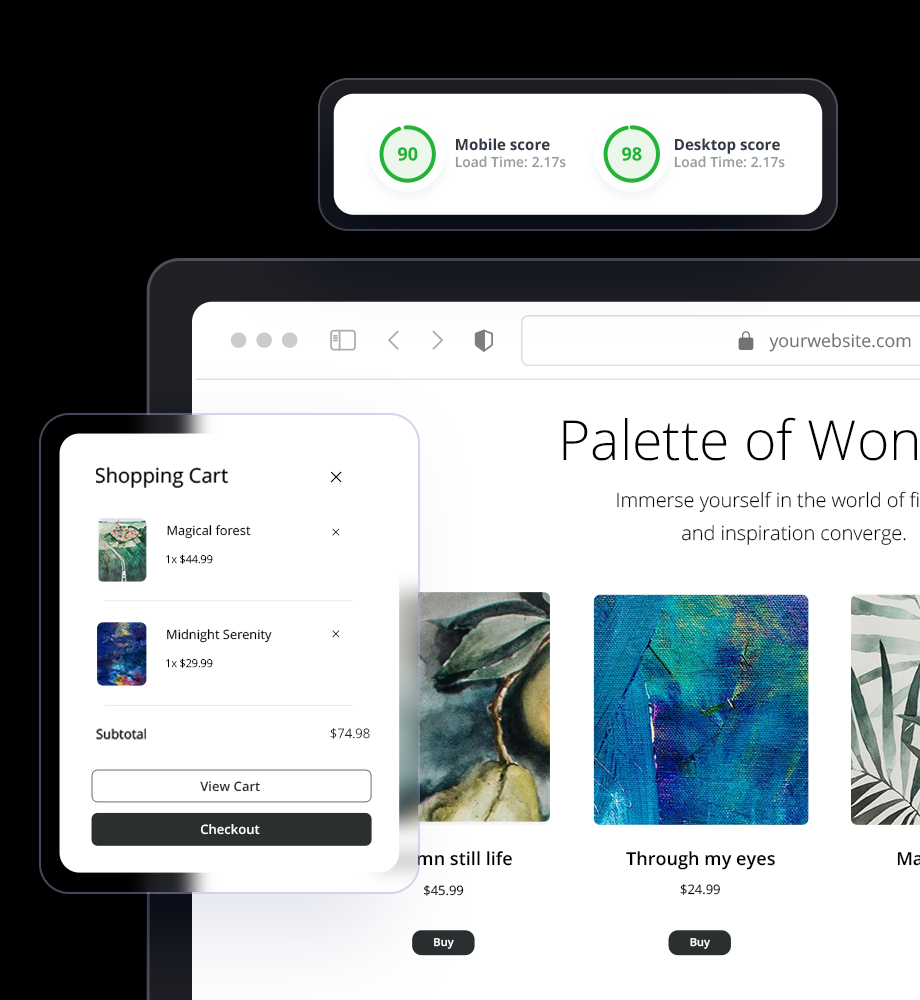



 Create an ecommerce website in 1 minute with AI
Create an ecommerce website in 1 minute with AI 





